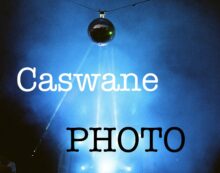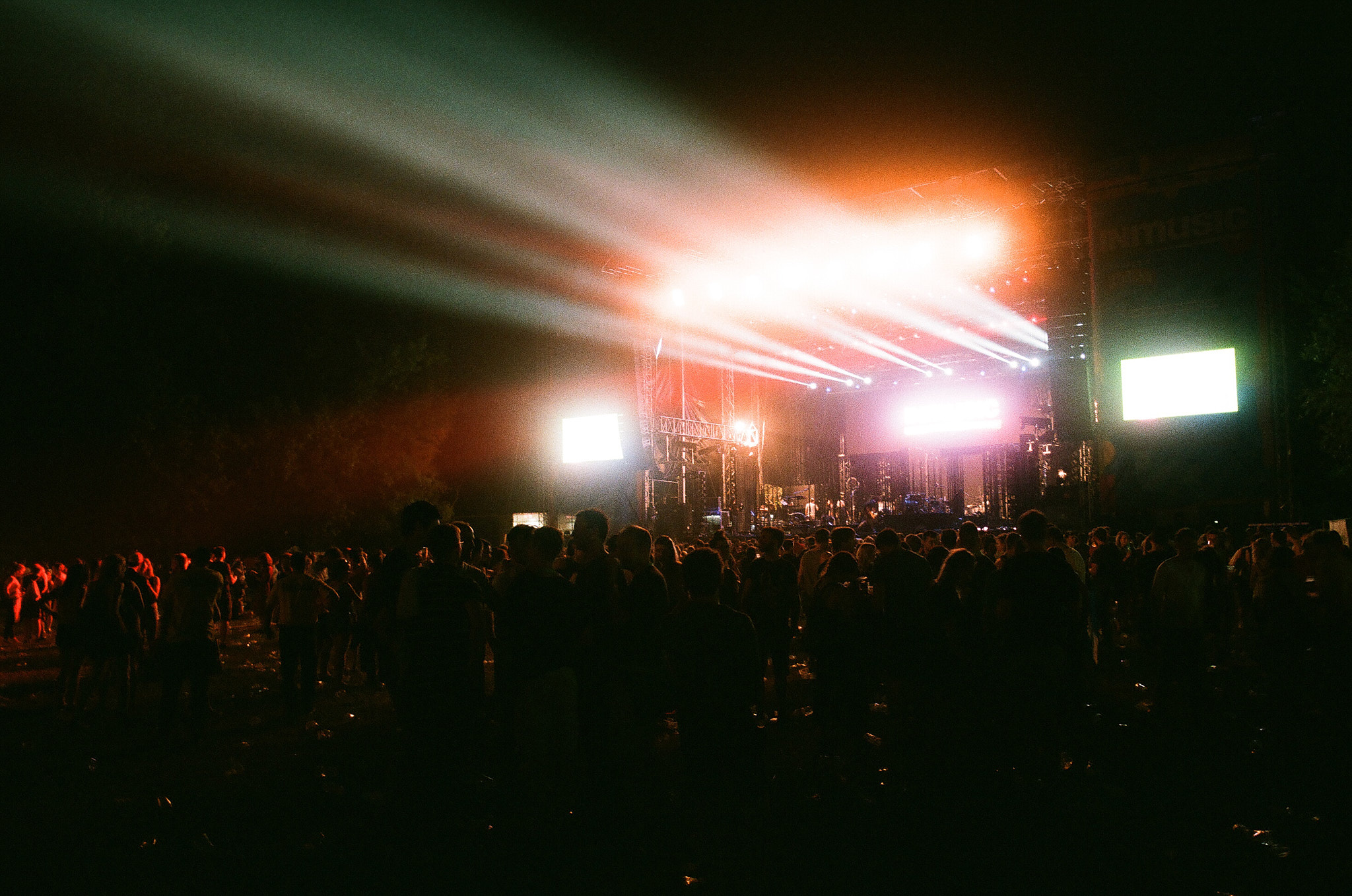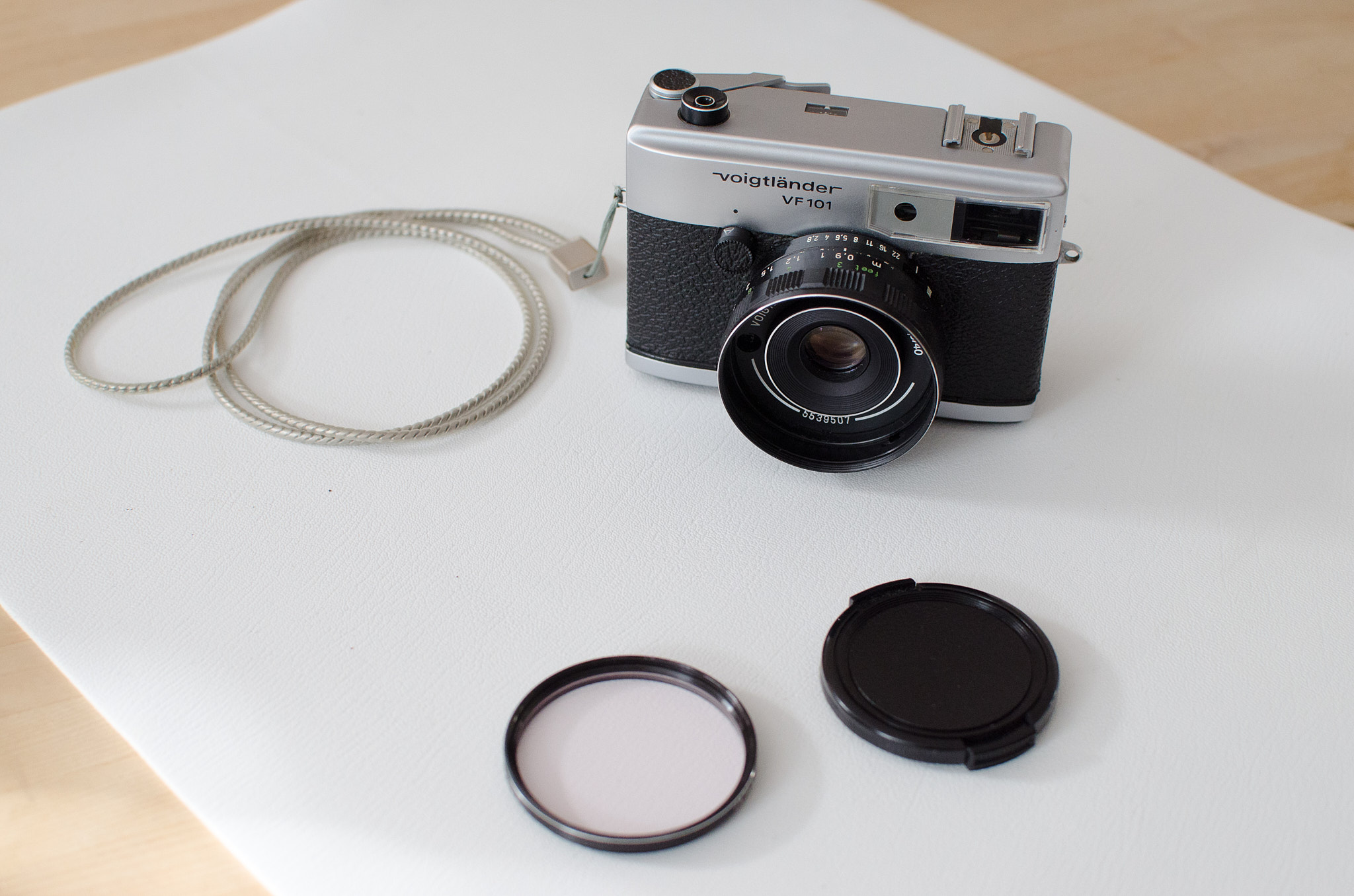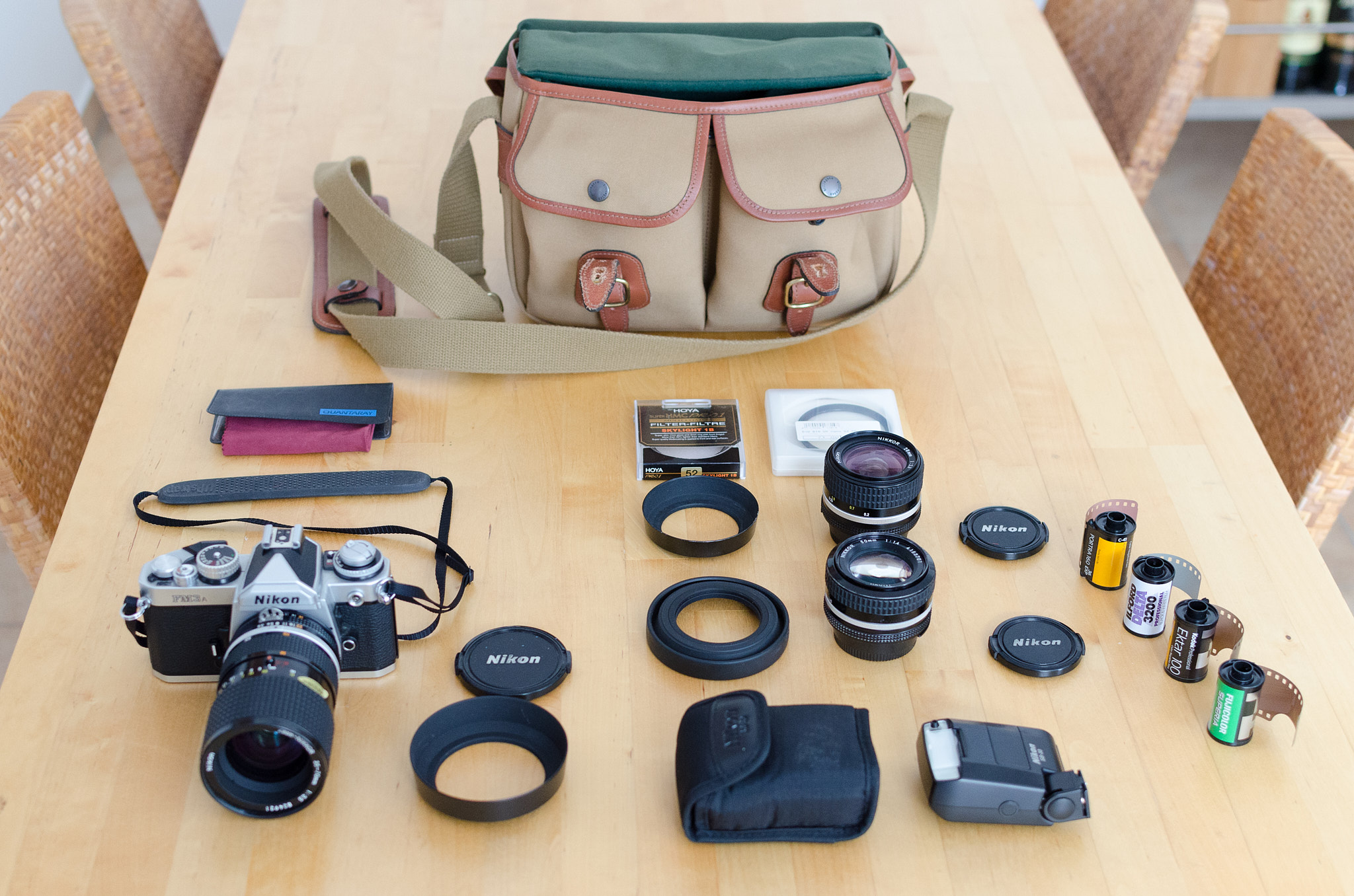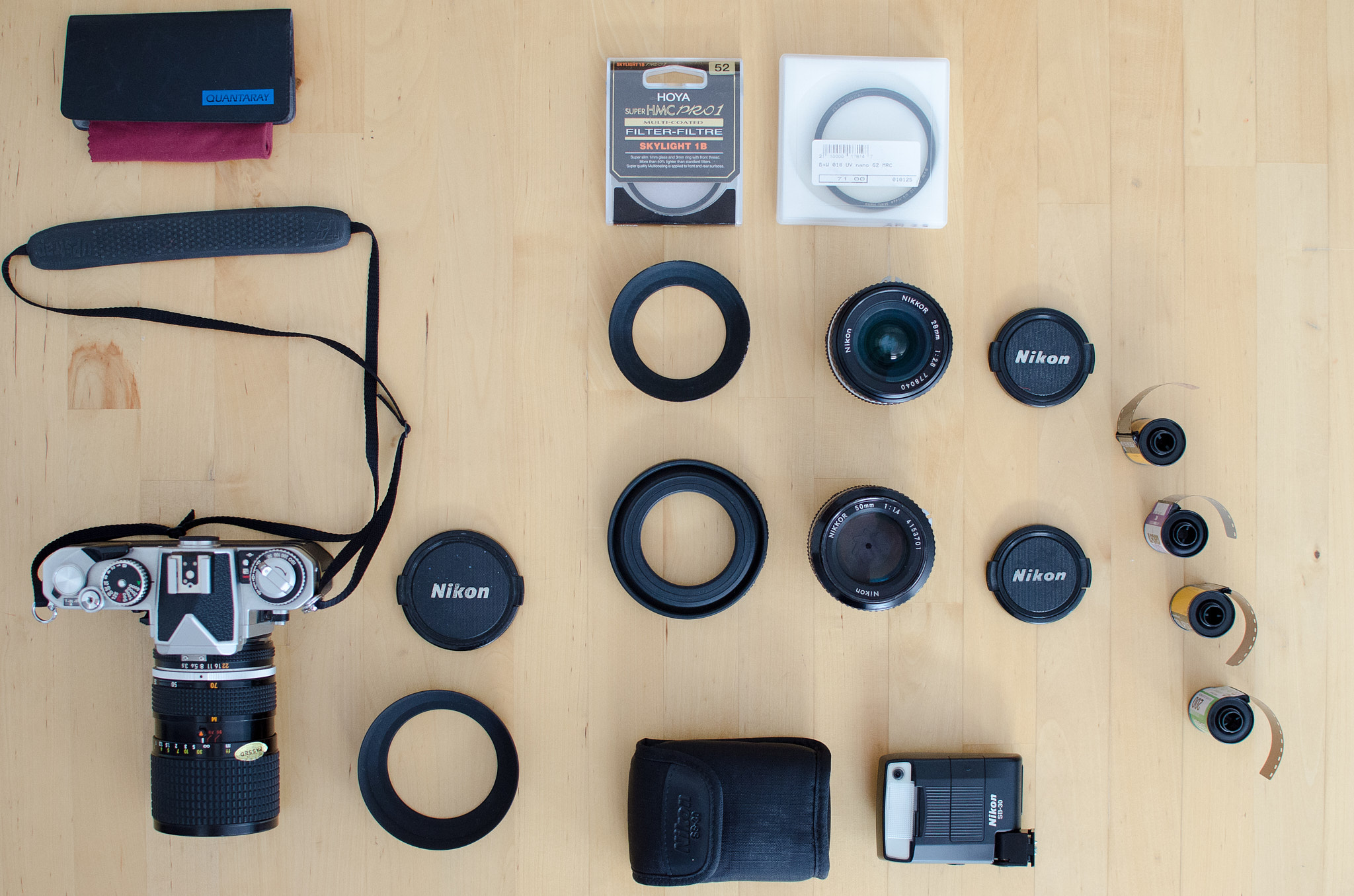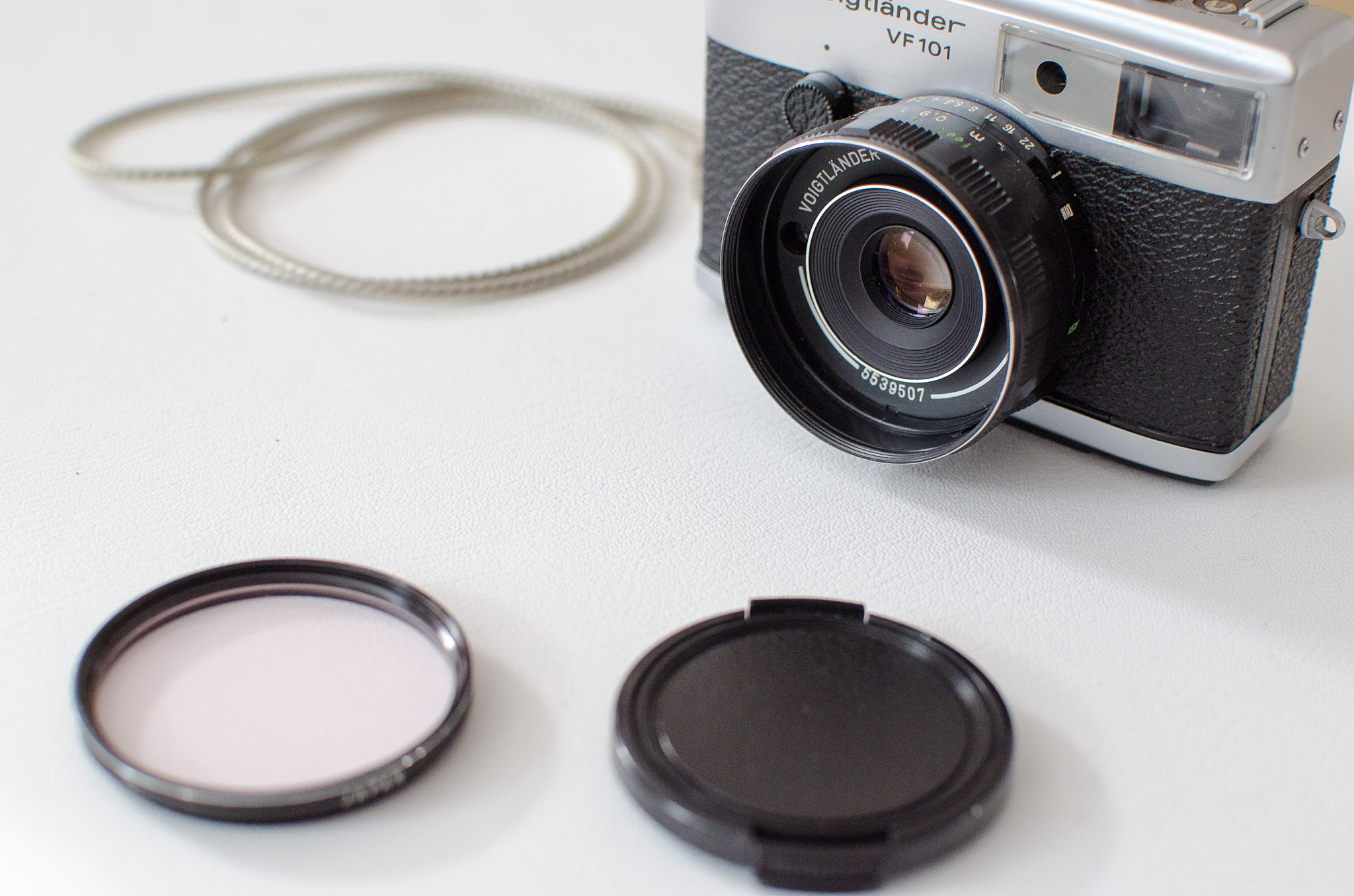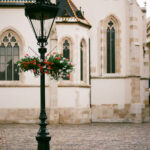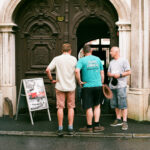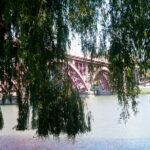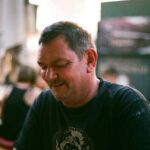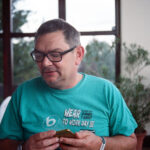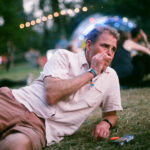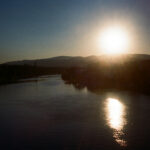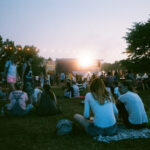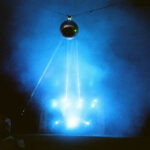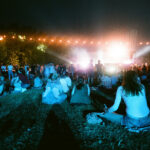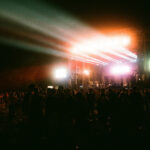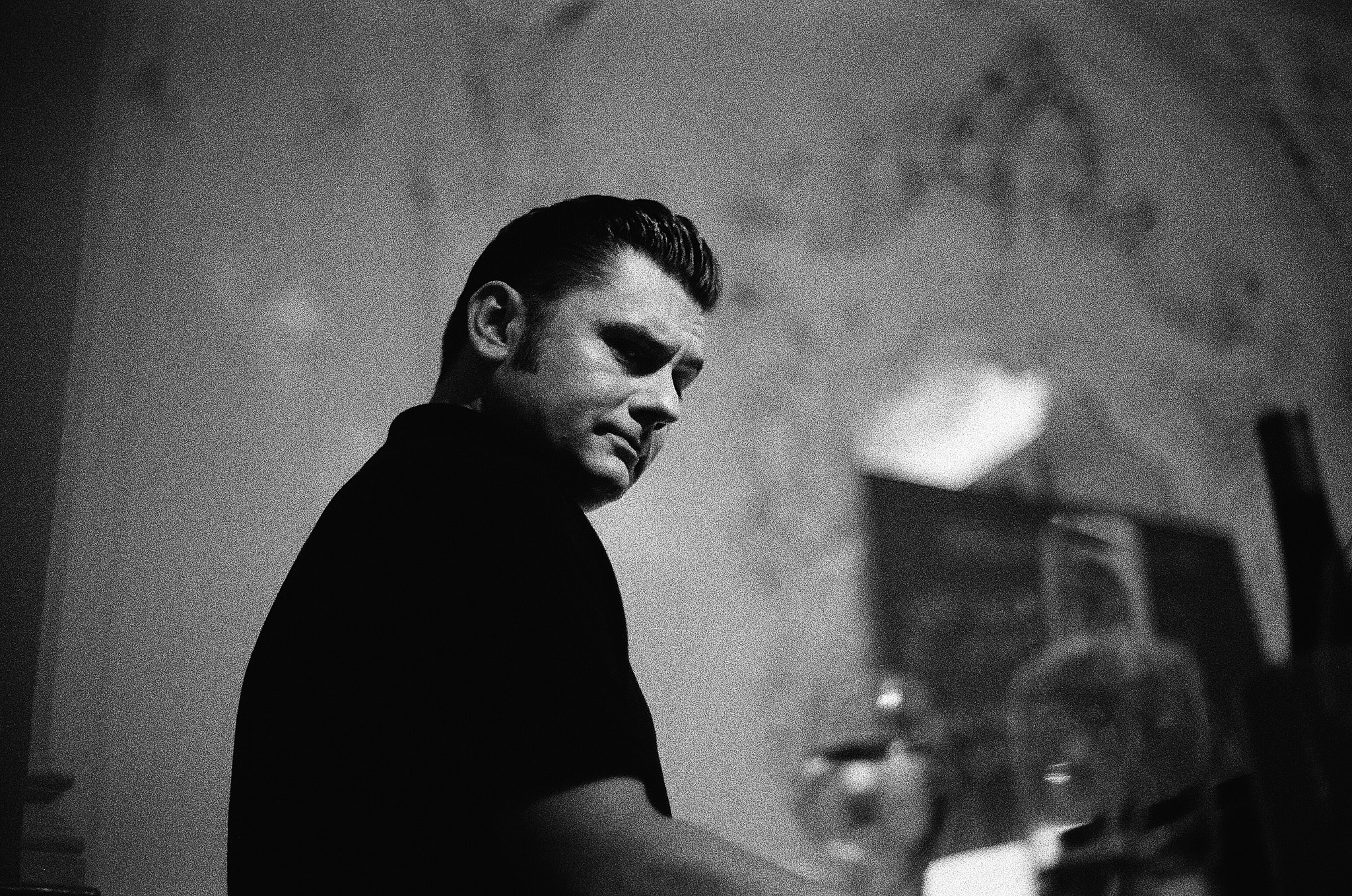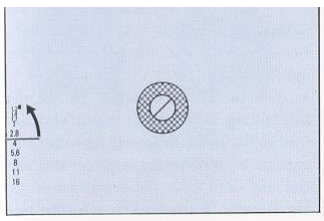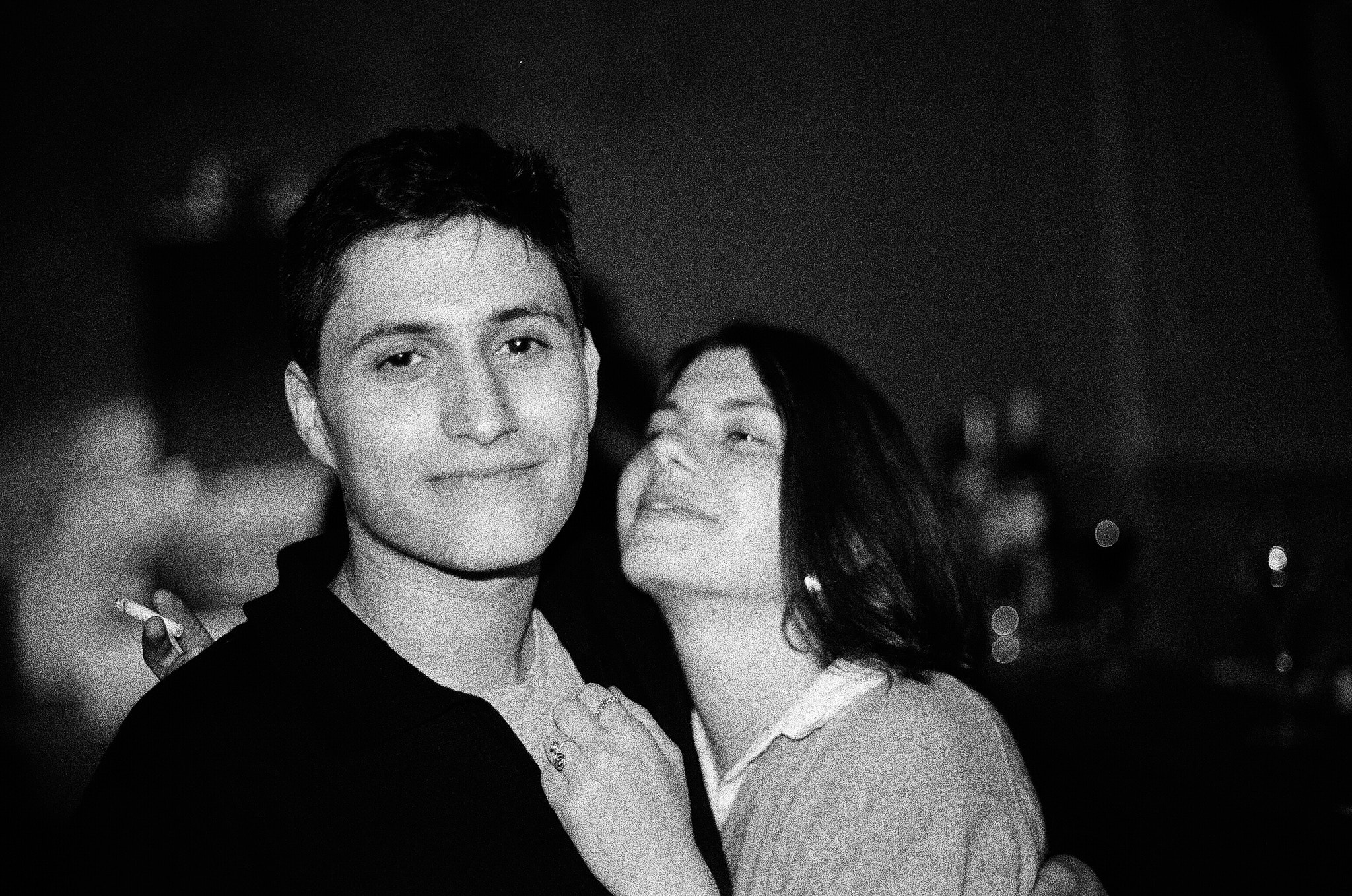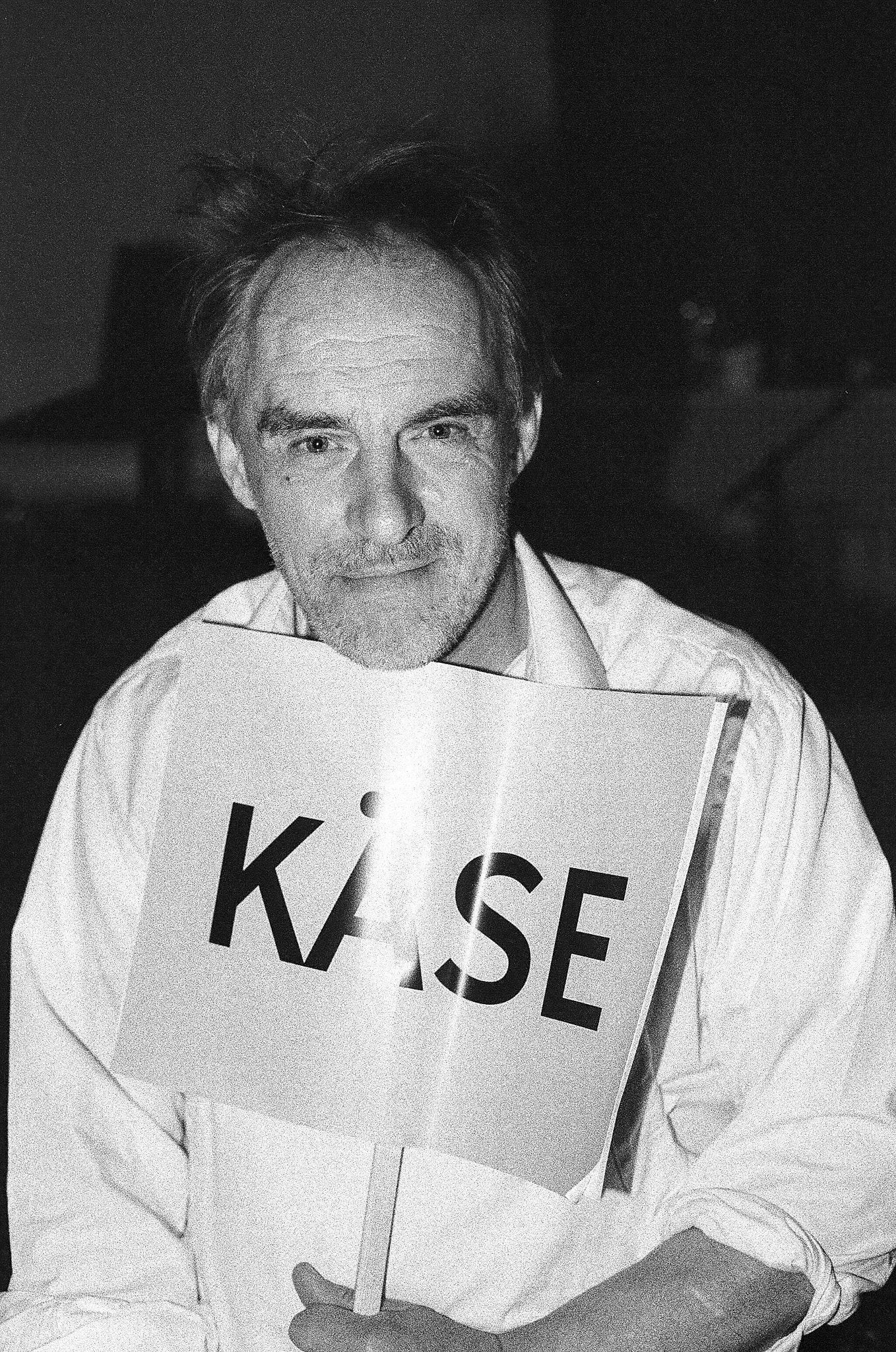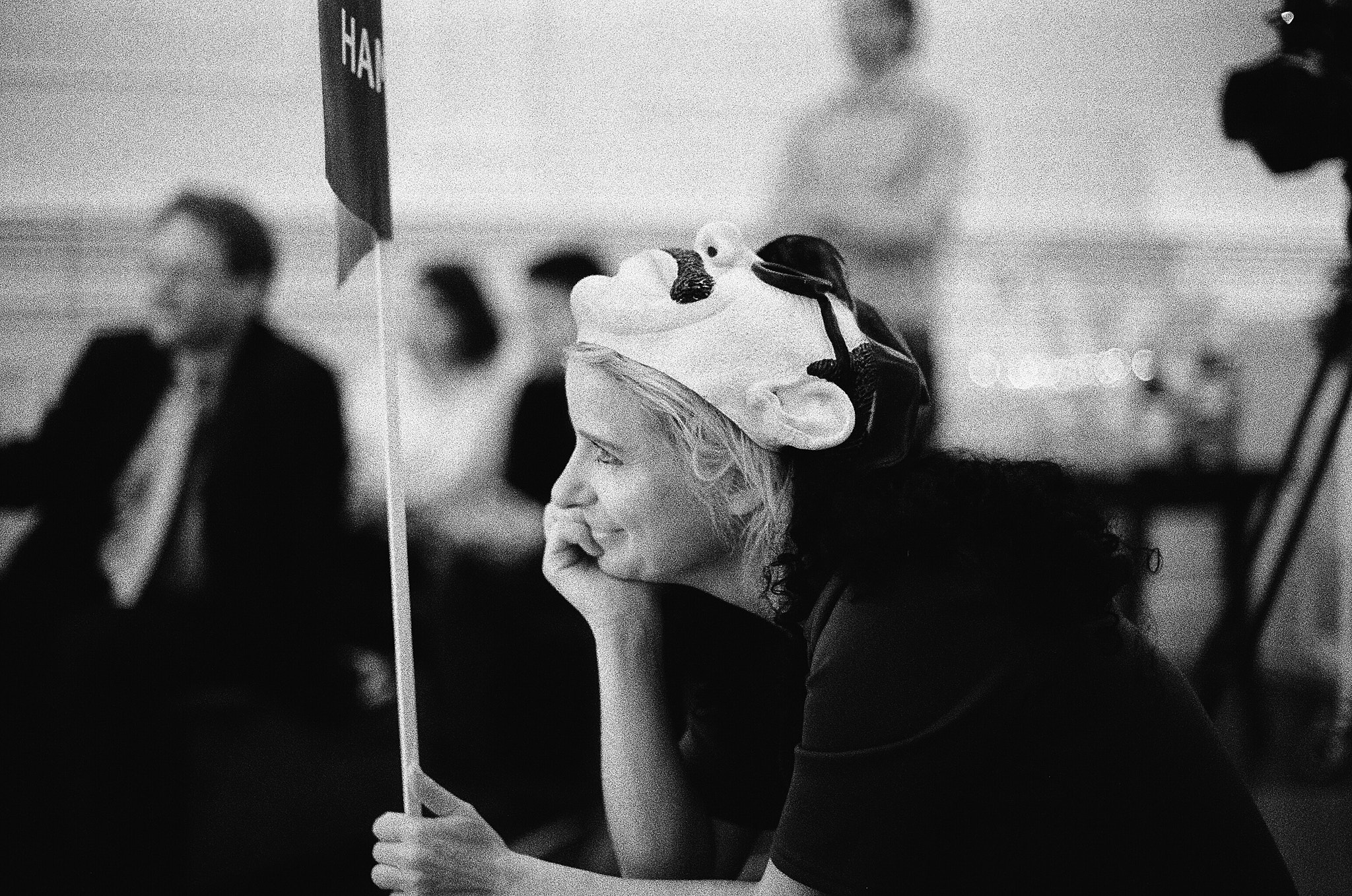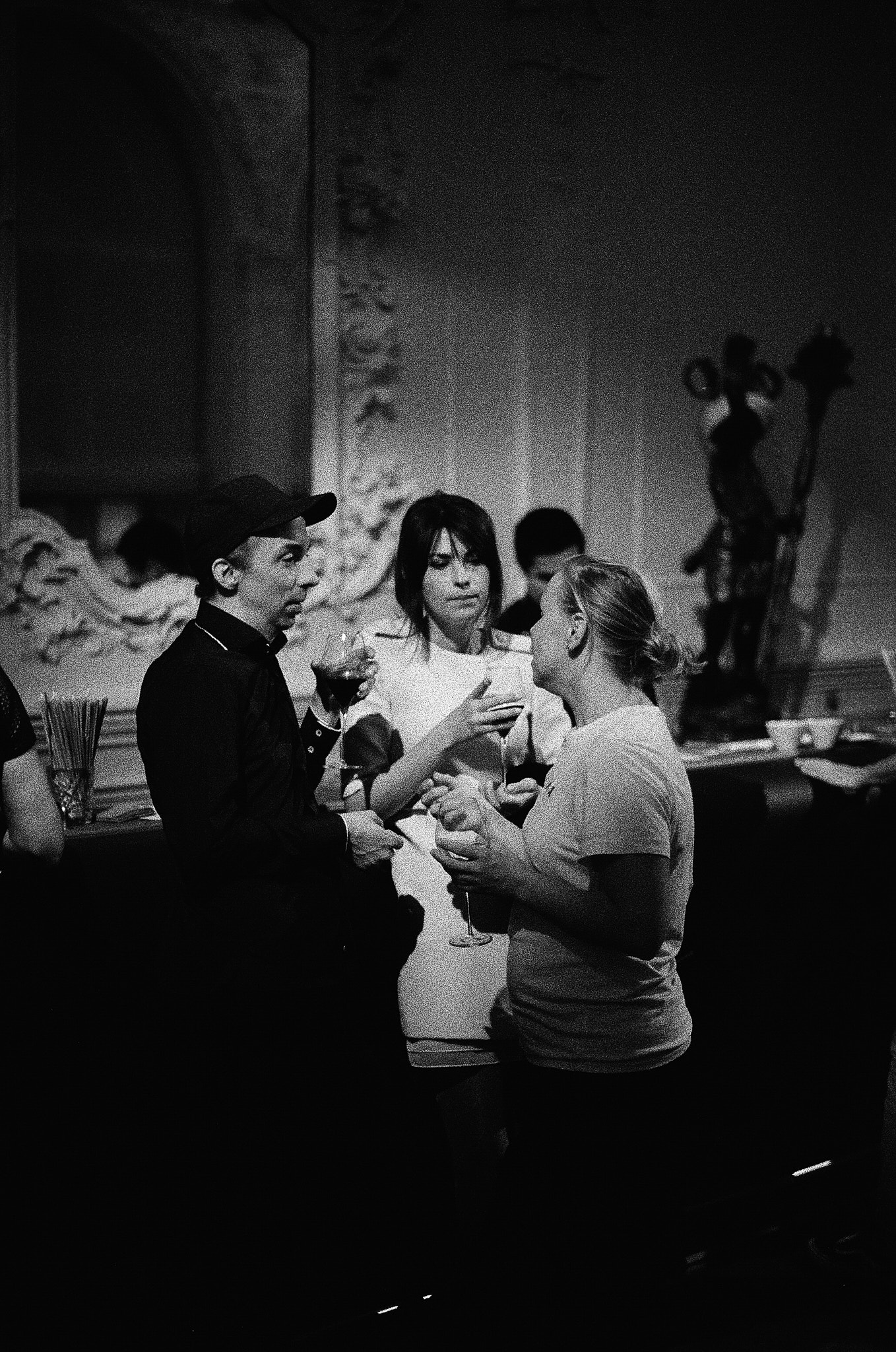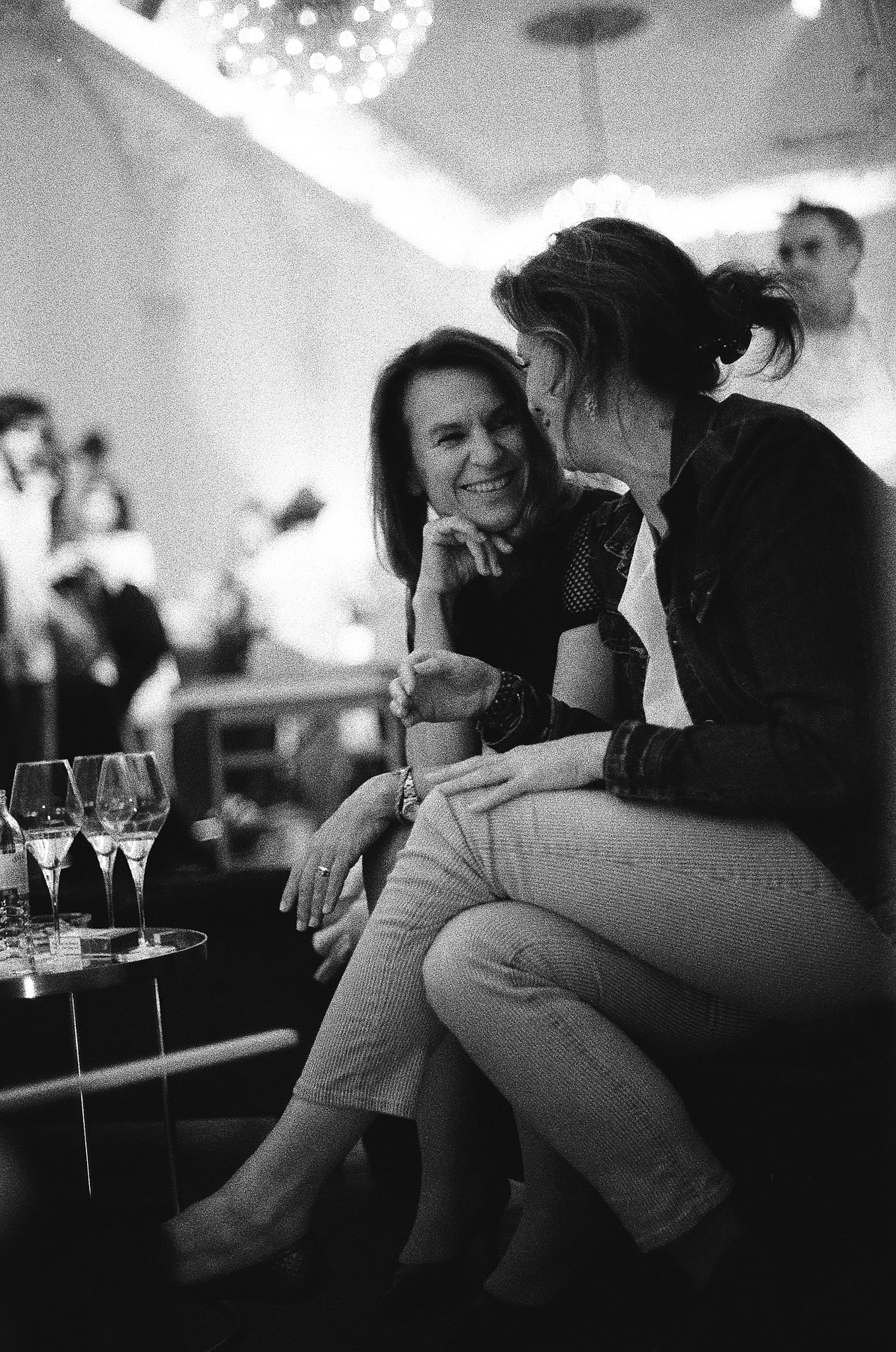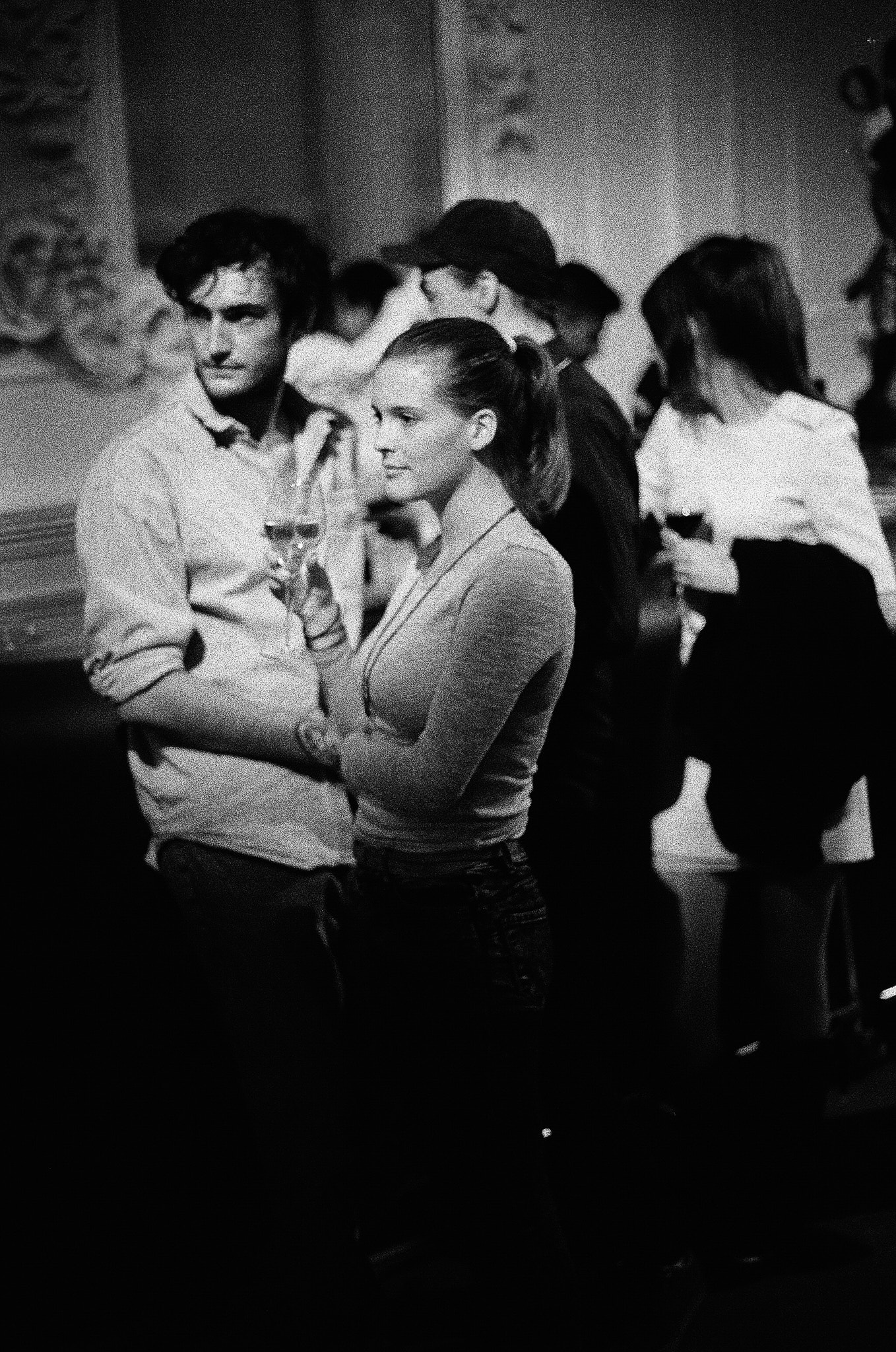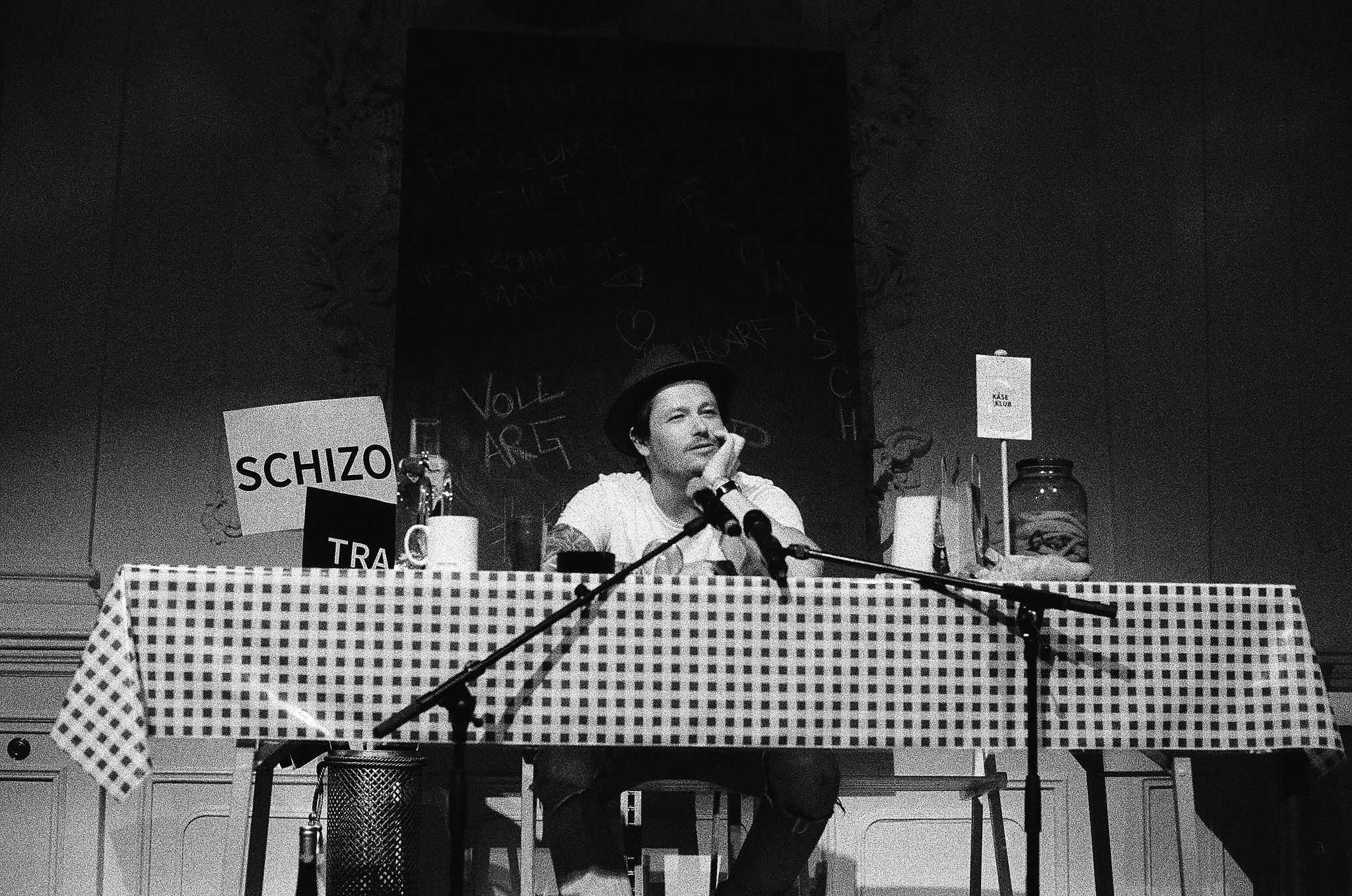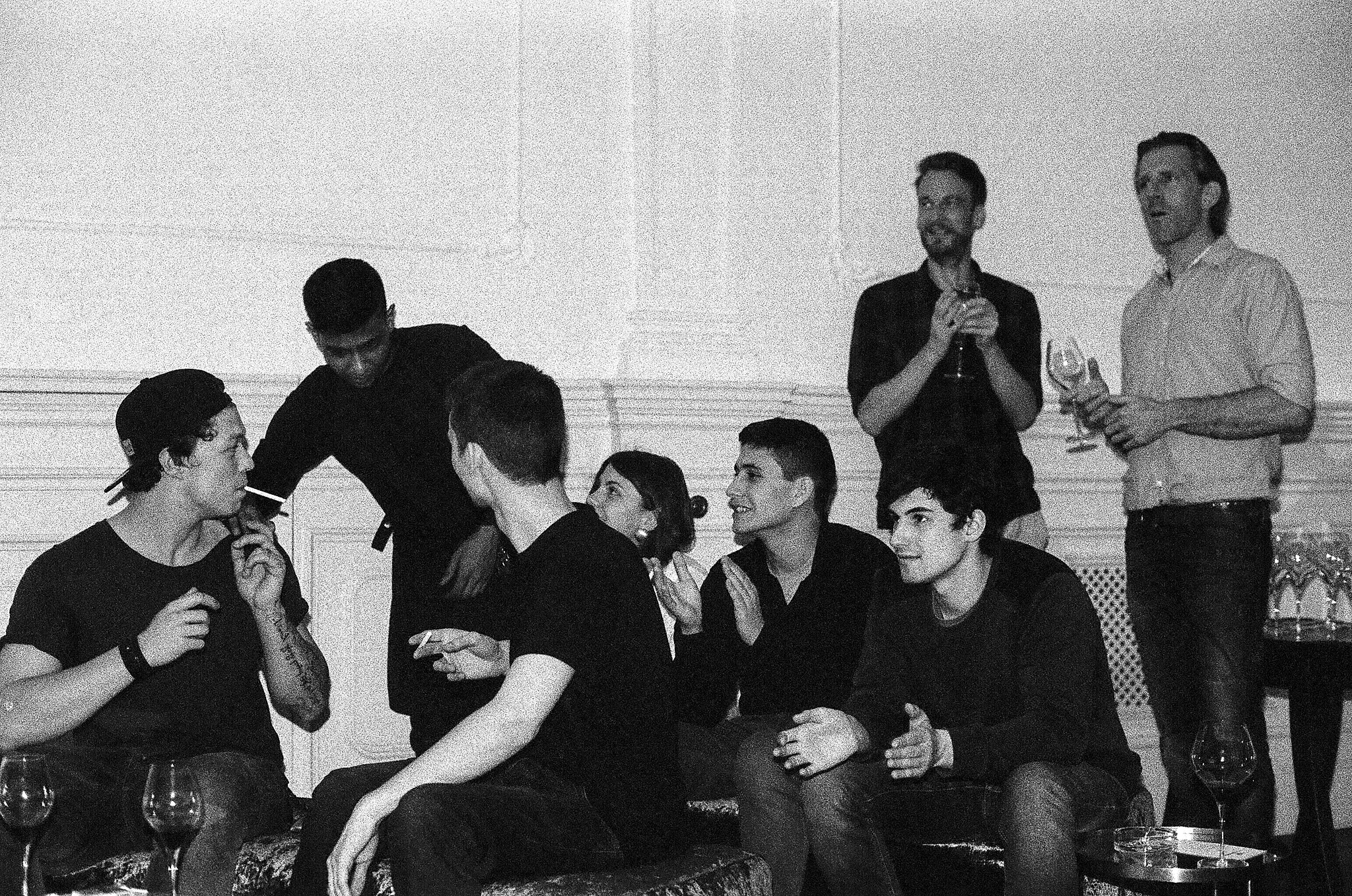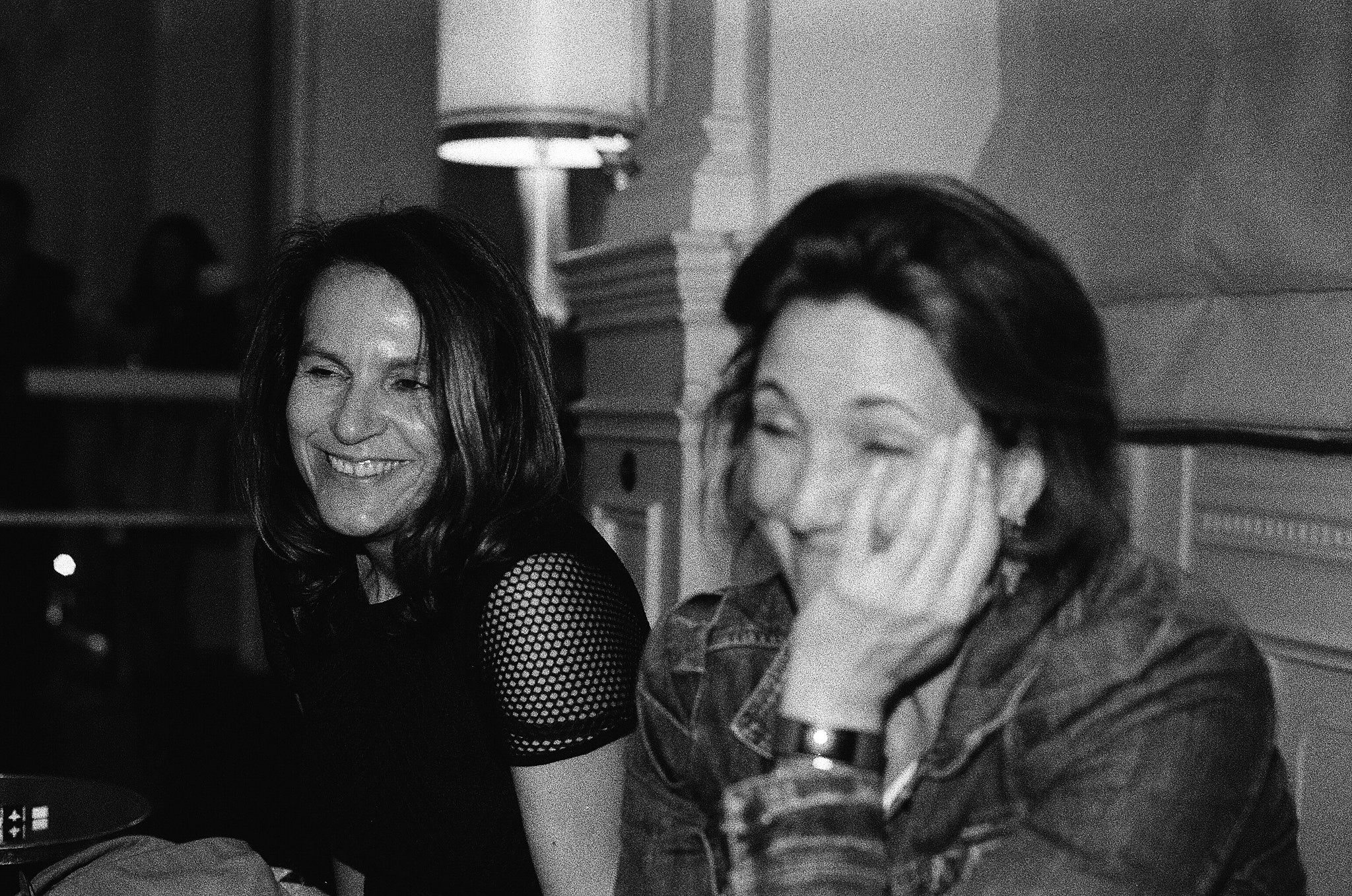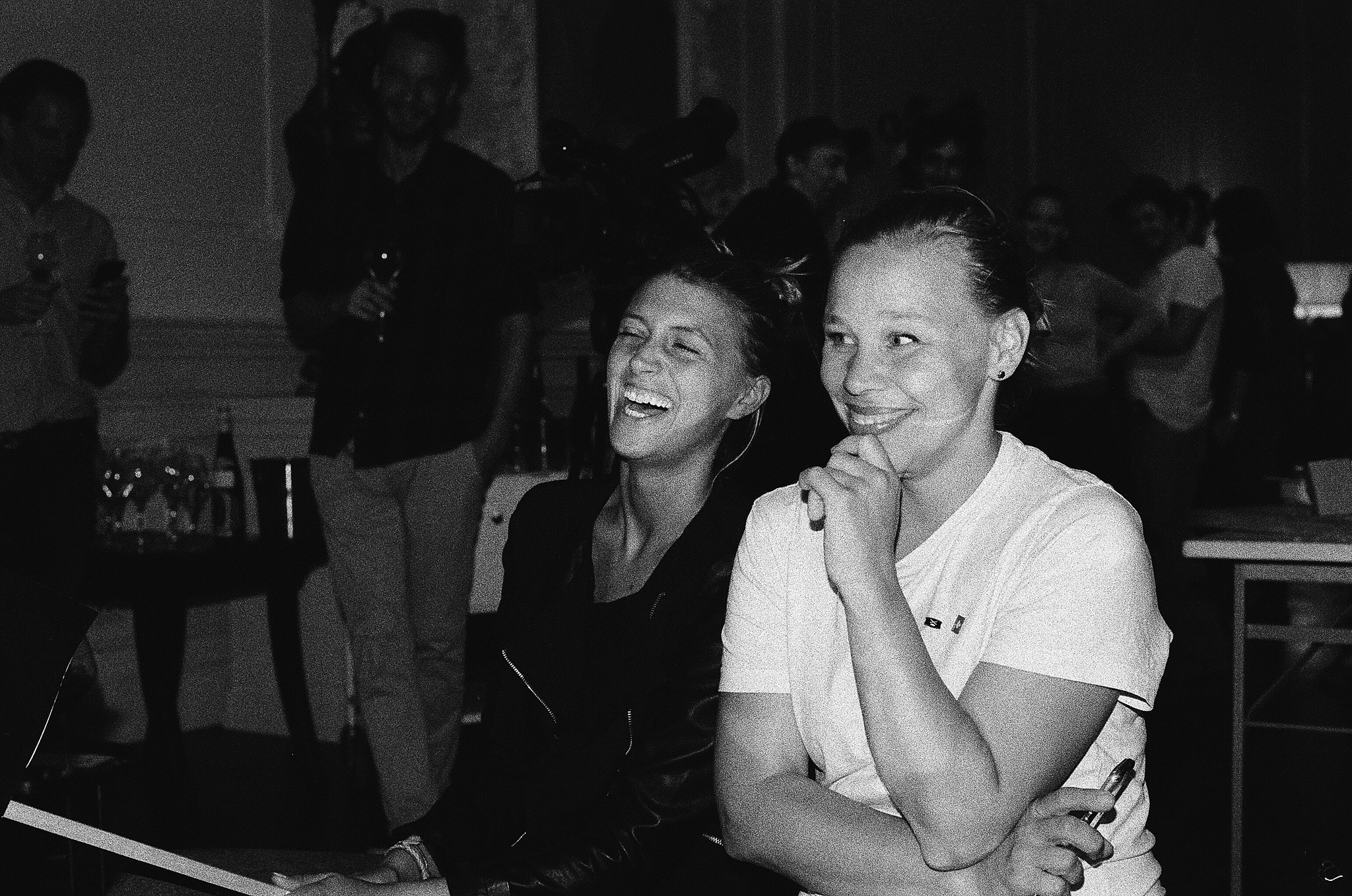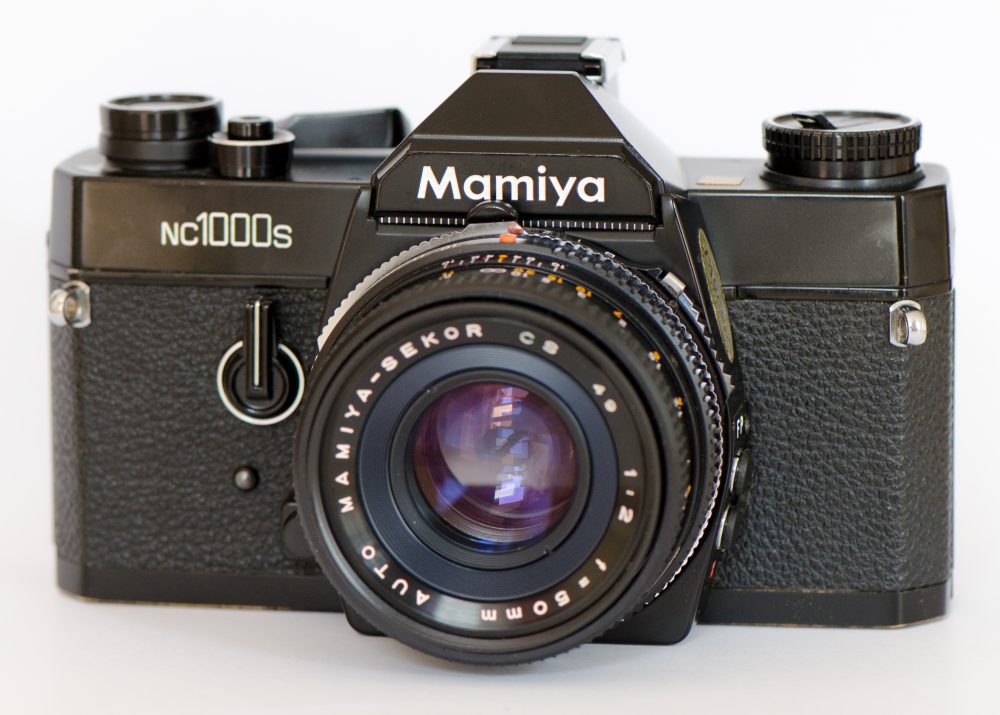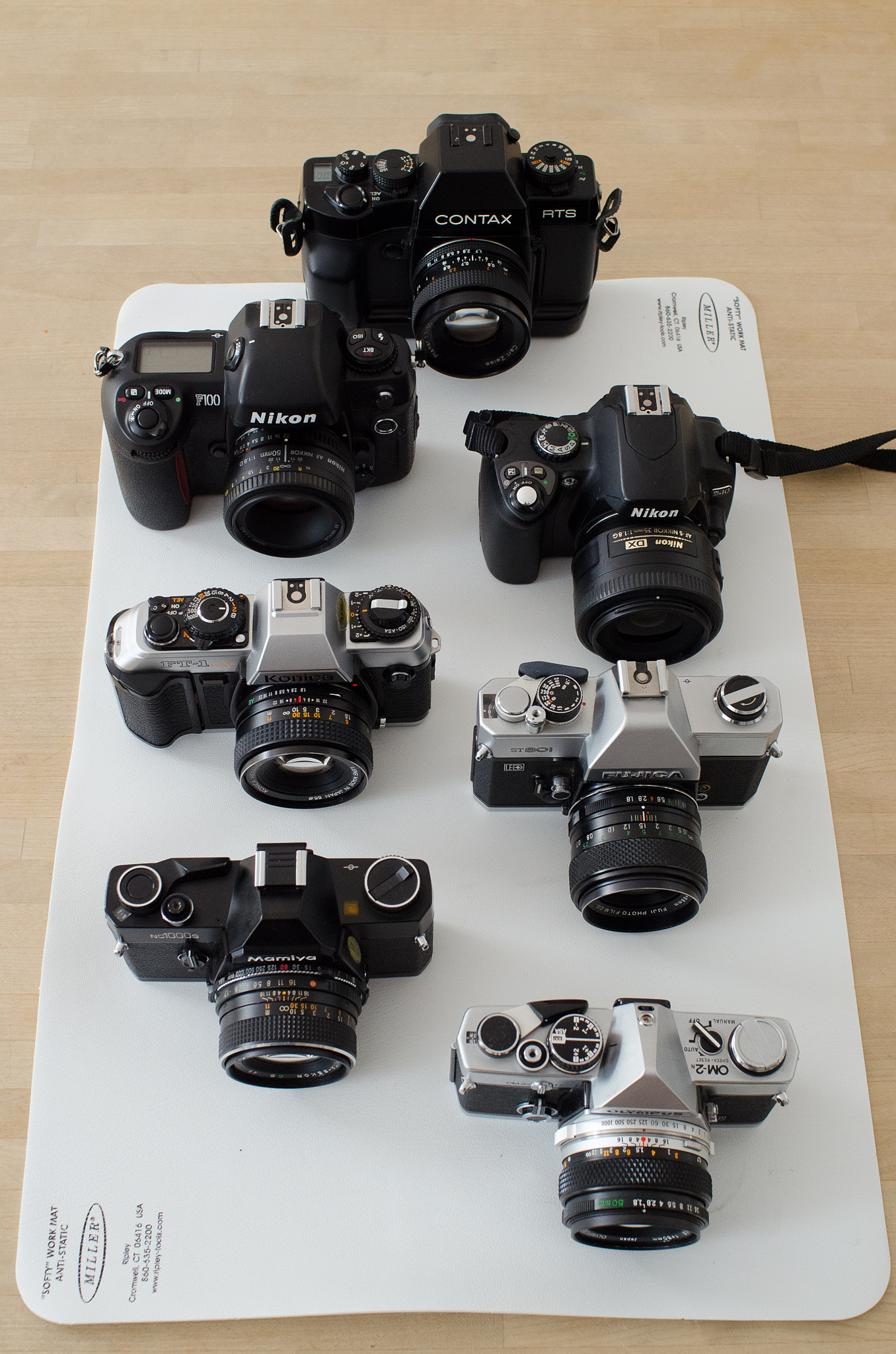
Like for every larger trip comes the big question of what camera gear should I take along and finding the right answer is usually rather difficult if you have many options to choose from. If I remember correctly, for last year’s summer vacation, I have taken two Nikon SLR bodies, the FM3a and a FM2 together with a couple of prime lenses and a Nikon Ti35.
This year, I opt again for Nikon (FM3a, F100 and J5) but I add my latest acquisition, which I simply call “the beast”: a Fujica GW690 Professional, the first model, fully manual coupled range finder camera, without light meter but with a fixed 90mm f/3,5 lens. I was not actively looking for this camera, let alone any non-35mm body, given I just recently got a Contax RTS which I have started to CLA, so it was a big coincidence that one of my active search agents on willhaben.at alerted me on this camera, simply because the previous owner mentioned “Contax” in his text describing the Fujica et voilà, not even 24h later I am the proud owner of this wonderful camera and immediately decided to take it along together with some of my 120 film rolls that are patiently waiting in the fridge for more useful times.
I have chosen the Nikon F100 with a couple of AF Nikkors (35-70mm f/2,8, 60mm f/2,8 Macro (or Micro as Nikon calls it) and a 20mm f/2,8, my widest full frame Nikon lens) because I had some issues last year with focusing on the manual Nikons and (in my opinion) too many shots were not sharp, hence the AF capability. Also, I take a Tamron 70-300mm with built-in stabilisation, in order to get some potential shots of remote objects with sufficient sharpness.
The FM3a with the 35~70mm f/3,5 and the 50mm f/1,4 are always with me, so no exception now and the Voigtlaender VF101 simply because it is small and has a film in it which I would like to finish. I call it my “going-out” cam.
On the digital side, I was opting for my beloved Sigma DP2 Merrill, which was “re-activated” a few months ago during my first portrait shooting with a model (more to come soon) as second choice camera and it was so nice to experience the famous “3D” effect and microcontrast of the Foveon sensor-based Sigmas that it is now part of the gear, along with an armada of batteries…
Last but not least the smallest system camera I own: the Nikon 1 J5 with a 10-30mm zoom. Its my wife’s camera too when we are travelling.
Rounding up the total pack, a light-weight tripod, a monopod, two Nikon flashlights (SB-30 and SB-800) and some more accessories such as the belts, UV filters, hoods, etc. should not be missing and all is neatly packed in a weekender bag. When shooting, I will use a small rucksack and fill it with the gear I want to use that day.
The film rolls are not on the table but all in the fridge. At the current temperatures in Vienna (today it was 38,9C!) I will not dare exposing them unnecessarily to the heat 🙂
So, here we go, I am ready for some vacation and looking forward to many nice pictures and the writing of more stories about my experience with the gear.
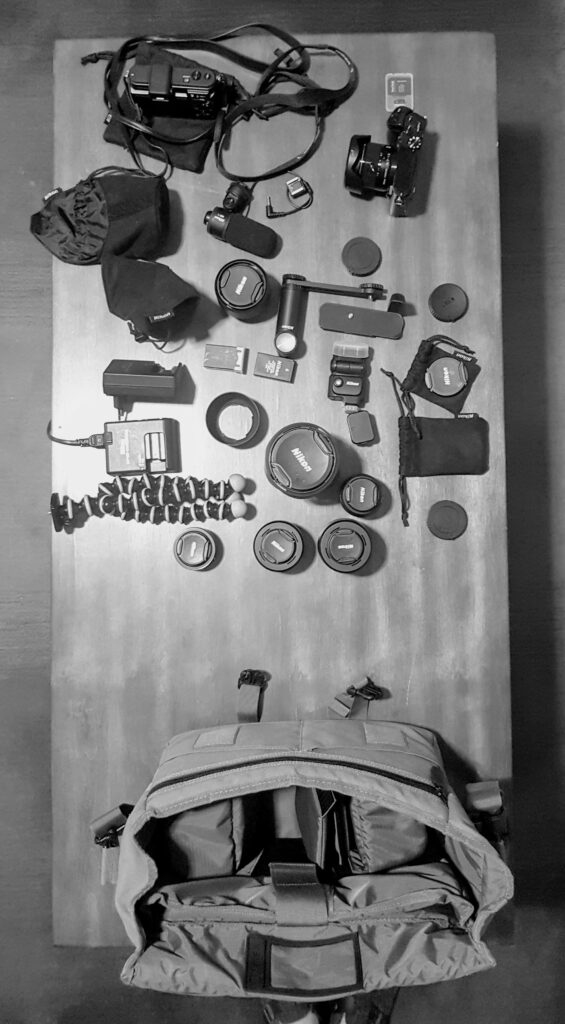
Before I forget, this was some other packing done!
